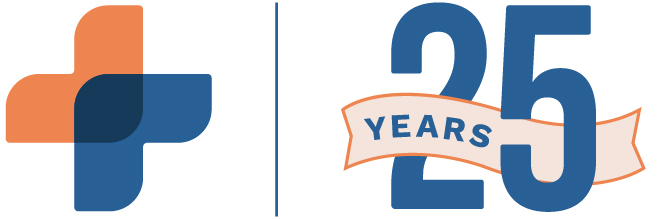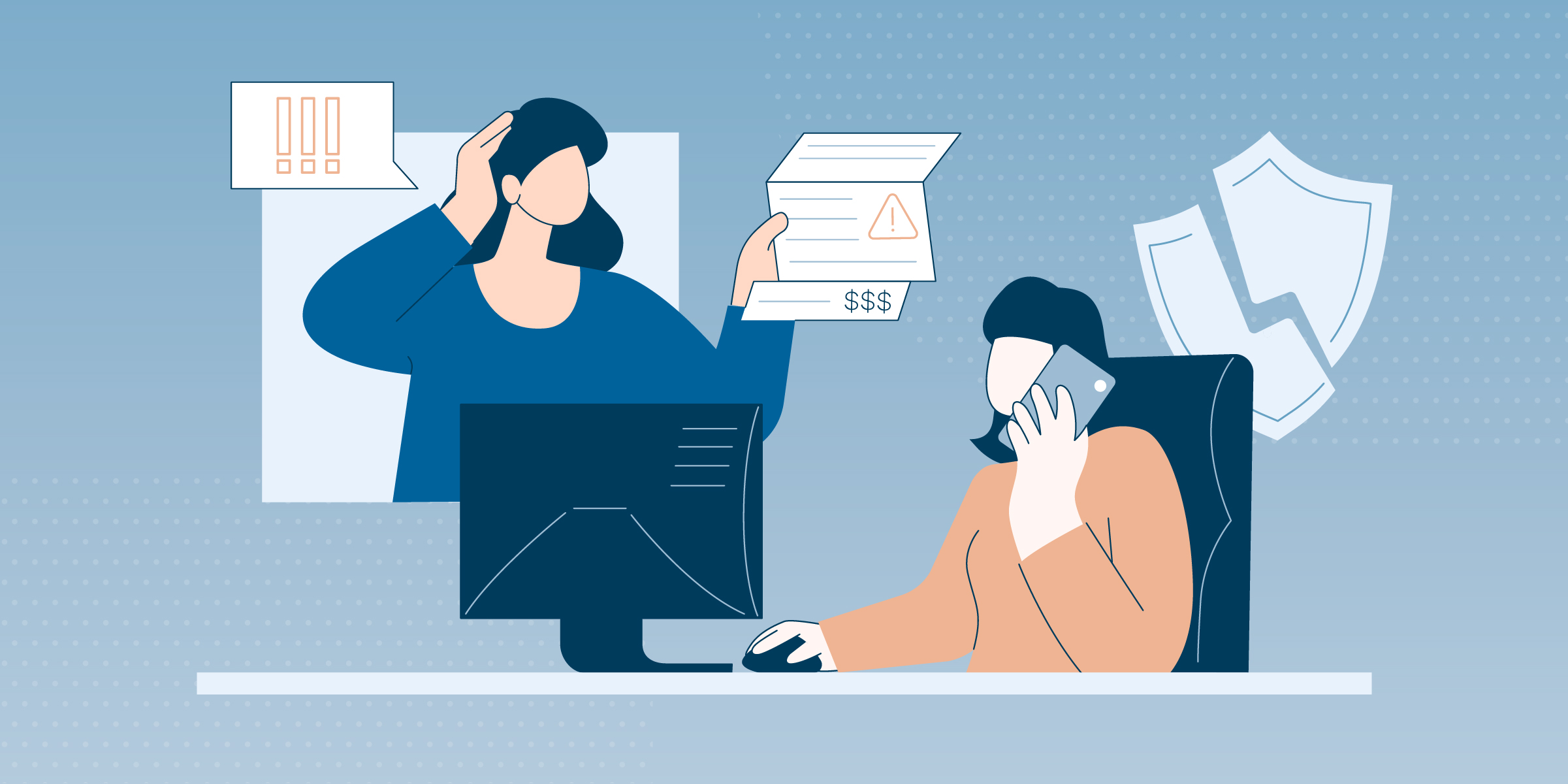The foundation of healthy patient-provider relationships is the same as all relationships: trust. While providers often spend years establishing rapport with patients, that hard work can be undone in just a moment through errors in patient billing.
The foundation of healthy patient-provider relationships is the same as all relationships: trust. While providers often spend years establishing rapport with patients, that hard work can be undone in just a moment through errors in patient billing.
43% of healthcare consumers in the United States report encountering incorrect medical billing or inaccurate medical information. These errors frustrate and confuse patients while increasing administrative and financial burdens on healthcare providers and staff. Technology can prevent these errors from occurring through careful integrations, improved note-taking, automated features, and enhanced communication. In this article, we’ll discuss the impact of medical billing errors and four ways providers and practices can leverage technology to reduce billing errors.
How Medical Billing Errors Affect Patients
Medical billing errors aren’t a minor inconvenience. They negatively affect patients, providers, and practices. Patients may face unexpected charges and incorrect or duplicate information on their bills, which can cause confusion, stress, and frustration. Furthermore, patients have to engage in additional communication with providers, staff, insurance companies, and billing departments, which takes up time and resources.
However, the most impactful effort of medical billing errors is the erosion of trust in healthcare providers and practices. When these errors occur, patients may question the care they receive and the reliability of medical staff. They may wonder if other aspects of their care are flawed or otherwise inaccurate. As their trust in providers and practices erodes, patients become less likely to seek care and adhere to treatment plans, leading to poorer health outcomes.
For providers and practices, medical billing errors add up to a greater burden on resources, lost revenue, and the associated costs of reworking these claims.
4 Ways to Reduce Medical Billing Errors with Technology
The saying “a pound of prevention is worth an ounce of cure” also applies to medical billing errors. Integrating technology directly into your medical billing processes is one of the most effective ways to prevent these issues. Here are four ways to reduce medical billing errors with technology:
Integration of Scheduling and Billing Systems
Prioritizing a seamless integration between your scheduling and billing systems allows you to flow information from scheduling directly into billing, mitigating the risk of discrepancies and duplicate entries. For example, if a patient updates their insurance information when they schedule or come into the office for an appointment, that information should automatically funnel into your billing system to ensure the charges and claims are correct the first time they’re submitted, reducing errors and unnecessary delays.
Automated Error Detection
You can use technology to your advantage with automated error detection. This feature is found in some billing software solutions. It scours billing data for common inconsistencies such as missing information, incorrect codes, and duplicate charges. These issues are identified before claims are submitted so they can be corrected. Even a small error, such as an incorrect patient birth date, can lead to a claim being denied, so it’s worth investing in this feature. Denied claims cost hospitals nearly $20 billion, with an average cost incurred per denial of $43.84.
Better Note Taking with EHRs
Manual note taking and data entry leave a lot of room for human errors. By using electronic health records (EHRs), providers can easily document patient interactions, treatments, and conversations. These systems also provide complete and up-to-date patient information in real-time, which can be used to generate the correct billing codes and claims.
Enhanced Communication and Documentation
You can also use technology to communicate with patients about their bills and charges. Online portals are a secure, easy way to share information and respond to messages. Consider using self-service features in portals to allow patients to manage their billing information, view and schedule appointments, receive lab results, and make payments. This functionality helps to keep pertinent information up-to-date and allows you to resolve any issues more quickly.
Spend More Time with Patients and Less Time on Billing
By reducing medical billing errors on the front end, providers can foster greater confidence in the quality of the care they provide and strengthen relationships with patients. Furthermore, by increasing the accuracy of billing processes, providers can dedicate more time to delivering care and focus on patient needs. To learn more about medical practice technology built with the needs of today’s providers in mind, discover RXNT’s full suite of medical practice software.






